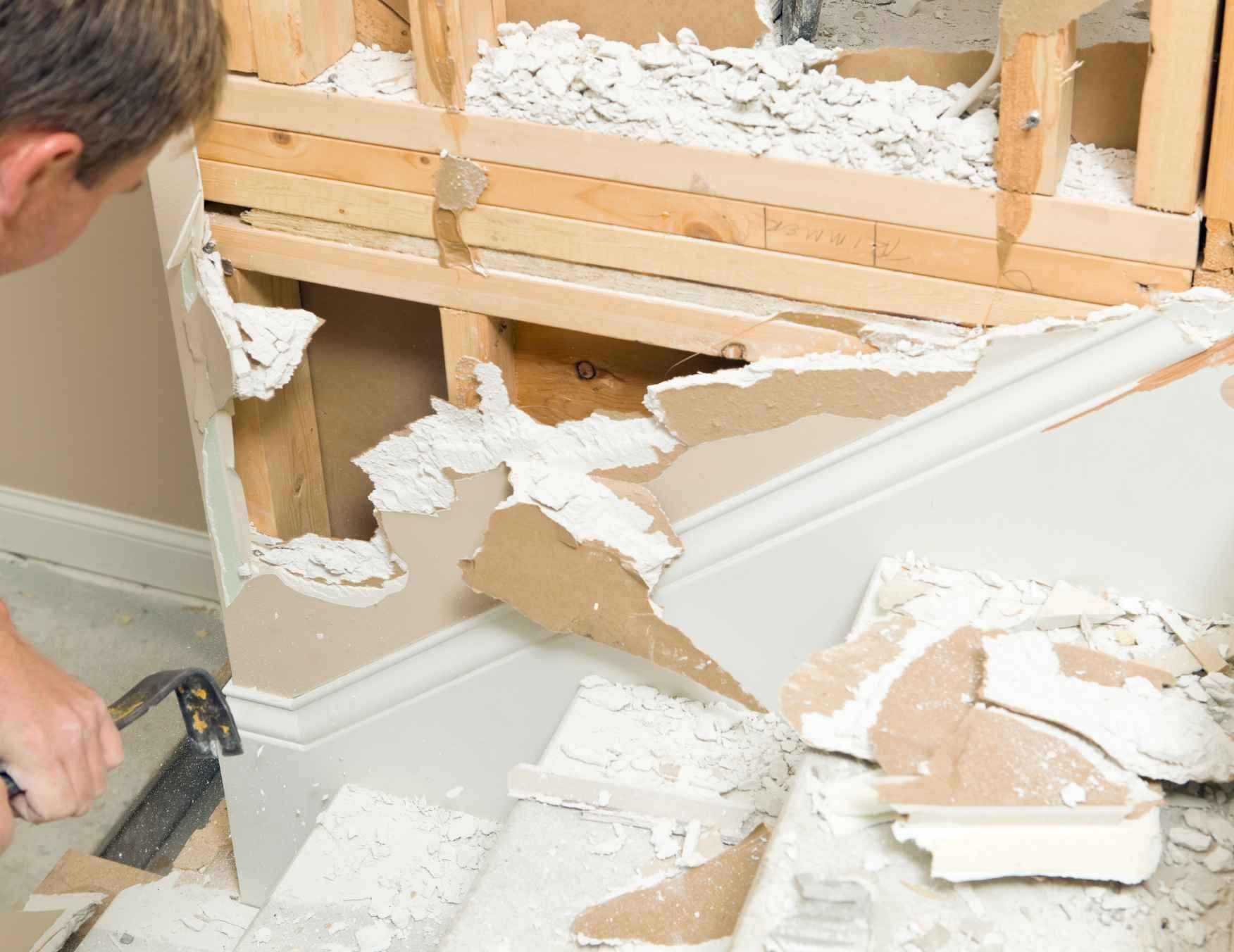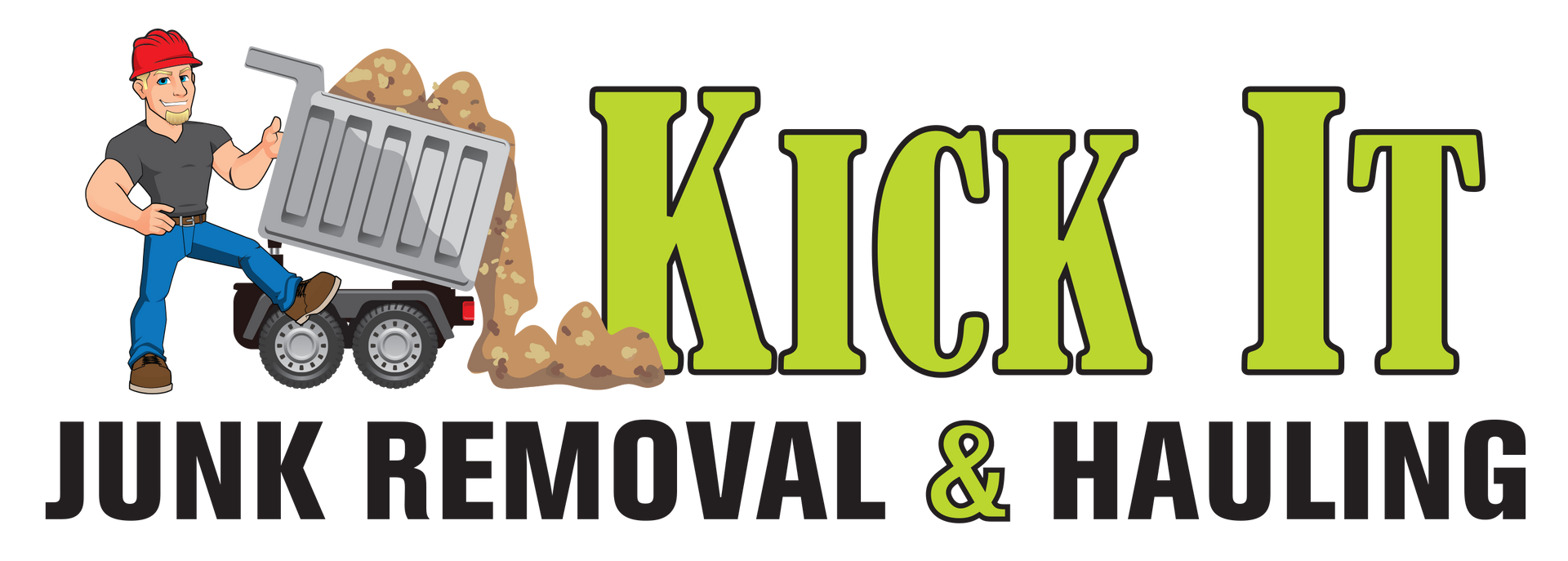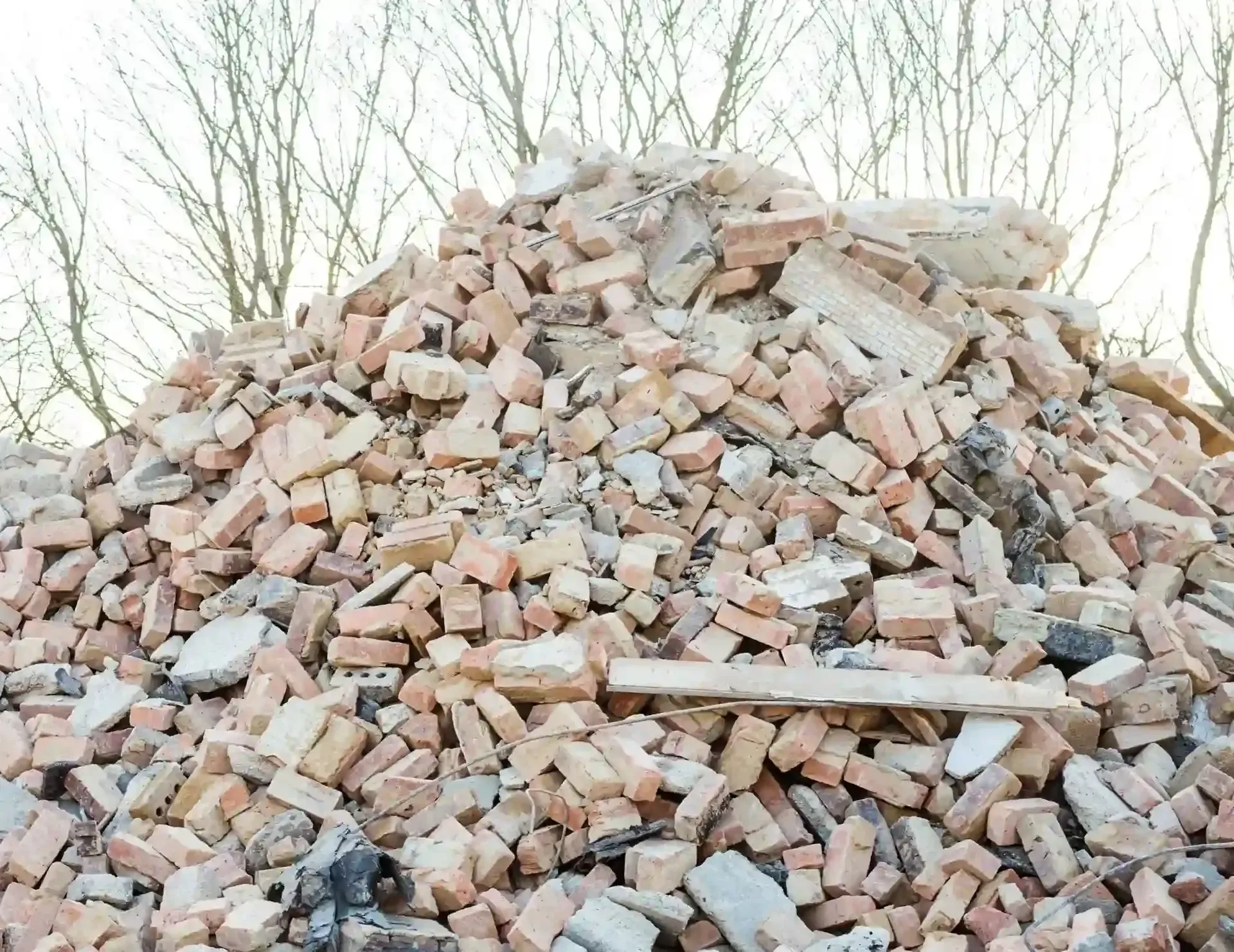How Drywall Removal Affects Your Home’s Value
When it comes to home renovations, certain tasks carry more weight than others. Among these, drywall removal is often overlooked, yet it can have a significant impact on the overall value of your home. Whether you're embarking on a major remodeling project or simply trying to improve your living space, understanding how drywall removal affects your home’s value is essential. In this article, we’ll explore not only the reasons behind drywall removal but also the hidden benefits it can offer. We'll dive deep into how it can potentially enhance your property’s appeal to buyers and what to expect when you undertake such a project.
What is Drywall Removal?
Before diving into the impact of drywall removal on home value, let’s first define what the process entails. Drywall is a building material used to create walls and ceilings in most homes. It’s relatively easy to install and is the standard material for interior construction. However, over time, drywall can become damaged, worn out, or simply outdated. Whether due to water damage, mold issues, or a desire to create an open concept living space, drywall removal may become necessary.
Removing drywall isn’t just about tearing down walls; it’s about redefining the interior structure of your home. In some cases, it might involve taking down whole sections of the wall to expose pipes, wiring, or even to create new layouts for a more modern flow. Once the drywall is removed, you’ll need to consider how to proceed with repairs or replacements, depending on the goal of your renovation project.
The Immediate Benefits of Drywall Removal
Improved Aesthetic Appeal
In the world of home design, nothing speaks louder than a clean, open space. Drywall removal can offer an immediate visual transformation by eliminating walls or altering room layouts. By opening up areas and creating more accessible spaces, you can enhance the flow of the home. This is particularly important for those looking to create a more modern, airy environment.
For example, opening up a kitchen to the living room or knocking down walls between rooms can create a more expansive, cohesive space. This can be a massive selling point, as open-concept layouts are highly desirable in today’s housing market.
Additionally, drywall removal might give your home a more industrial or rustic look, depending on the materials you decide to expose after removal, like brick or original wooden beams. These aesthetic choices can make your home more appealing to prospective buyers who are searching for unique, customizable spaces.

Increased Space and Functionality
Another major benefit of drywall removal is the potential to increase usable space within your home. Some walls may be removed to open up cramped rooms, making them feel larger and more functional. In smaller homes, even slight changes in layout can make a world of difference, allowing for a better distribution of space.
For instance, by removing drywall in hallways or separating living areas, you can open up more space for movement or storage. Additionally, in multi-level homes, removing drywall can help create more usable attic or basement space, which can be further developed into a finished area.
Exposing Hidden Issues
Sometimes, the decision to remove drywall is driven by hidden issues within the walls. Water damage, mold, or pest infestations can sometimes go unnoticed, and drywall is often the only barrier preventing you from identifying these issues. Removing drywall allows homeowners to get a clearer picture of the condition of their home’s internal structure.
While addressing these hidden issues might come at a cost, it can significantly improve the long-term health of the home. Buyers will appreciate the effort put into addressing potential issues, which could enhance the home’s appeal and overall market value.
Better Insulation and Energy Efficiency
In older homes, drywall removal can reveal opportunities to upgrade insulation. Homes built decades ago may have outdated or insufficient insulation, which can lead to higher energy costs. By removing drywall, you can replace or add insulation to improve energy efficiency, which is an attractive feature for potential buyers.
Energy-efficient homes tend to command higher resale prices, as they offer lower ongoing costs for homeowners. Upgrading insulation can also contribute to better temperature control, making your home more comfortable and sustainable.
The Financial Impact: How Drywall Removal Affects Value
While it’s clear that drywall removal can make your home more visually appealing and functional, how does this actually translate into financial gain?
A Higher Sale Price
As mentioned earlier, the aesthetics of a home play a critical role in its resale value. By improving the layout or exposing attractive architectural features, you may increase the overall appeal to potential buyers. For instance, homes with open-concept designs tend to be more desirable, and buyers are often willing to pay more for a property that feels spacious, bright, and modern.
Additionally, if you uncover issues like water damage or mold during drywall removal, addressing those issues proactively can increase the perceived value of your home. Buyers tend to shy away from properties that have lingering problems, so dealing with these concerns before listing can prevent price reductions.
Increasing Appeal to Specific Buyer Groups
Drywall removal can also help attract specific buyer groups who value certain design styles. For example, a modern, minimalist design or an industrial-style loft may appeal to buyers looking for a more contemporary or unique property. Exposing original brickwork, beams, or piping can add character and charm, setting your home apart from others on the market.
Likewise, if you’re creating additional usable space, such as finishing an attic or basement, the added square footage can justify a higher asking price. Extra living or storage space is often seen as a premium feature, especially in smaller homes.
Understanding the Impact of Drywall Removal on Home Value
Removing drywall can significantly transform the look and feel of your home. This process allows you to create open spaces, potentially improving the overall flow of your living areas. For buyers, homes with modern, open-concept layouts are highly desirable. Exposing original elements like brick or wood beams can also add a touch of character, making your property more unique and appealing, potentially driving up its market value.
Beyond aesthetic improvements, drywall removal can uncover hidden issues within the walls, such as water damage or outdated insulation. Addressing these issues proactively ensures your home is in good condition, which is an attractive feature for buyers. By increasing energy efficiency or repairing long-term damage, you’re not only enhancing the home’s appeal but also giving it long-lasting value that could lead to a higher sale price in the future.
Reducing Long-Term Repair Costs
While drywall removal may initially seem like an expensive undertaking, addressing underlying issues during the process can save you money in the long run. For example, replacing old wiring, repairing damaged plumbing, or upgrading insulation may come with significant upfront costs but will prevent future issues from arising.
When potential buyers see that you’ve taken care of important repairs, they may be willing to pay a premium for a property that is less likely to require major repairs in the near future. Additionally, homes that are in move-in condition tend to sell faster, which can be beneficial if you're looking to close a sale quickly.
Potential Drawbacks to Consider
Cost and Labor Intensive
One of the biggest considerations is the cost. Drywall removal is not a simple DIY task. It involves considerable time, effort, and expertise to do properly. Additionally, you may encounter unexpected costs related to fixing underlying issues, such as plumbing or electrical problems, that were hidden by the drywall.
Disruption to Daily Life
Another challenge is the disruption to your daily routine. Drywall removal is a messy process, with dust, debris, and noise that can create an uncomfortable living environment. This could be especially problematic if you’re living in the home while renovations are underway.
Potential for Structural Damage
If drywall removal is not done correctly, it can cause structural issues, especially if the walls are load-bearing. Improper removal of drywall could compromise the integrity of the home, leading to expensive repairs down the line. It’s essential to hire a professional to ensure that the job is done safely and effectively.
Conclusion
Ultimately, whether or not you should remove your drywall depends on your home’s condition, your long-term goals, and your budget. Drywall removal can certainly improve the aesthetic appeal of your home and, in many cases, increase its value. By opening up spaces, revealing hidden issues, and enhancing functionality, you can make your property more attractive to potential buyers.
However, it’s important to be aware of the costs and potential disruptions involved in the process. When done correctly, drywall removal can add significant value, but improper execution can have the opposite effect.
If you are considering a renovation project that involves drywall removal, it’s a good idea to consult with a professional who can assess your home and provide guidance on the best course of action.
At Kick It Junk Removal & Hauling, we understand the importance of maintaining the value of your home. Whether you’re looking to remove drywall, haul away debris, or handle a variety of other home improvement tasks, our team is here to help. We can assist with drywall removal projects to ensure a smooth and efficient process, allowing you to focus on what really matters – the future potential of your home.
For more information, reach out to us today at Kick It Junk Removal & Hauling located at 14339 Stanley Lane, Forney, Texas 75126. You can contact us at 469-866-2395 or via email at Paul@kickitservices.com. We look forward to helping you make the most of your home improvement project!











